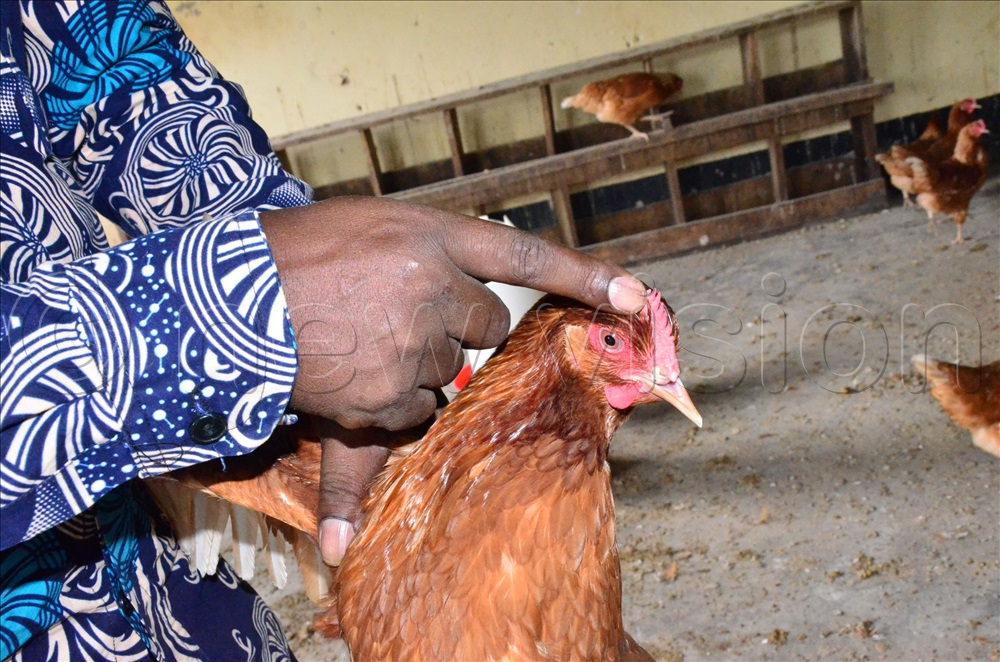Samuel Kayonde, a poultry farmer starts each day walking through rows of clucking hens, trained by years of experience to spot the difference between a productive layer and one that’s fallen behind.
Kayonde has mastered the subtle signs that reveal whether a chicken is earning its keep, or just eating the feed.
He says one of the most obvious signs, is in the physical appearance of the bird.
According to him, a productive layer will usually have a bright red, full comb and wattles, indicators of good blood circulation and reproductive activity.
A non-laying bird often has a dull, shrunken comb and pale wattles.
“That’s the first thing I check,” he notes.
Another key area he inspects is the vent, the opening through which the chicken lays eggs.

“For a laying hen, the vent is moist, soft, and enlarged. But a hen that has stopped laying or has never laid at all will have a dry, tight, and small vent,” he explains.
To check this, experienced farmers gently hold the chicken and examine the area carefully.
Behaviour also plays a crucial role. Kayonde reveals that laying hens tend to be calm and docile, especially when you handle them.
“When you touch a laying hen, it usually squats or sits down submissively, a sign that it’s used to the act of laying. But the one that doesn’t lay will often run away or act restless,” he says.
He adds that active layers enjoy some entertainment.
“They want fun, things like swings or perches, and some even enjoy a bit of freedom to move around. This keeps them less stressed and more productive,” Kayonde explains.
Rose Sanyu, another experienced poultry farmer, agrees with Kayonde.
“Sometimes you have to observe the feeding habits too. Layers tend to eat more and are more active in scratching and searching for food,” she says.
“If a bird isolates itself, eats less, and shows no interest in the nesting boxes, chances are it’s not laying.”
Sanyu emphasises the importance of regular monitoring and record-keeping to identify non-layers early. With the right care and attention, one can maintain a productive flock, reduce losses, and ensure a steady supply of eggs from the farm.





